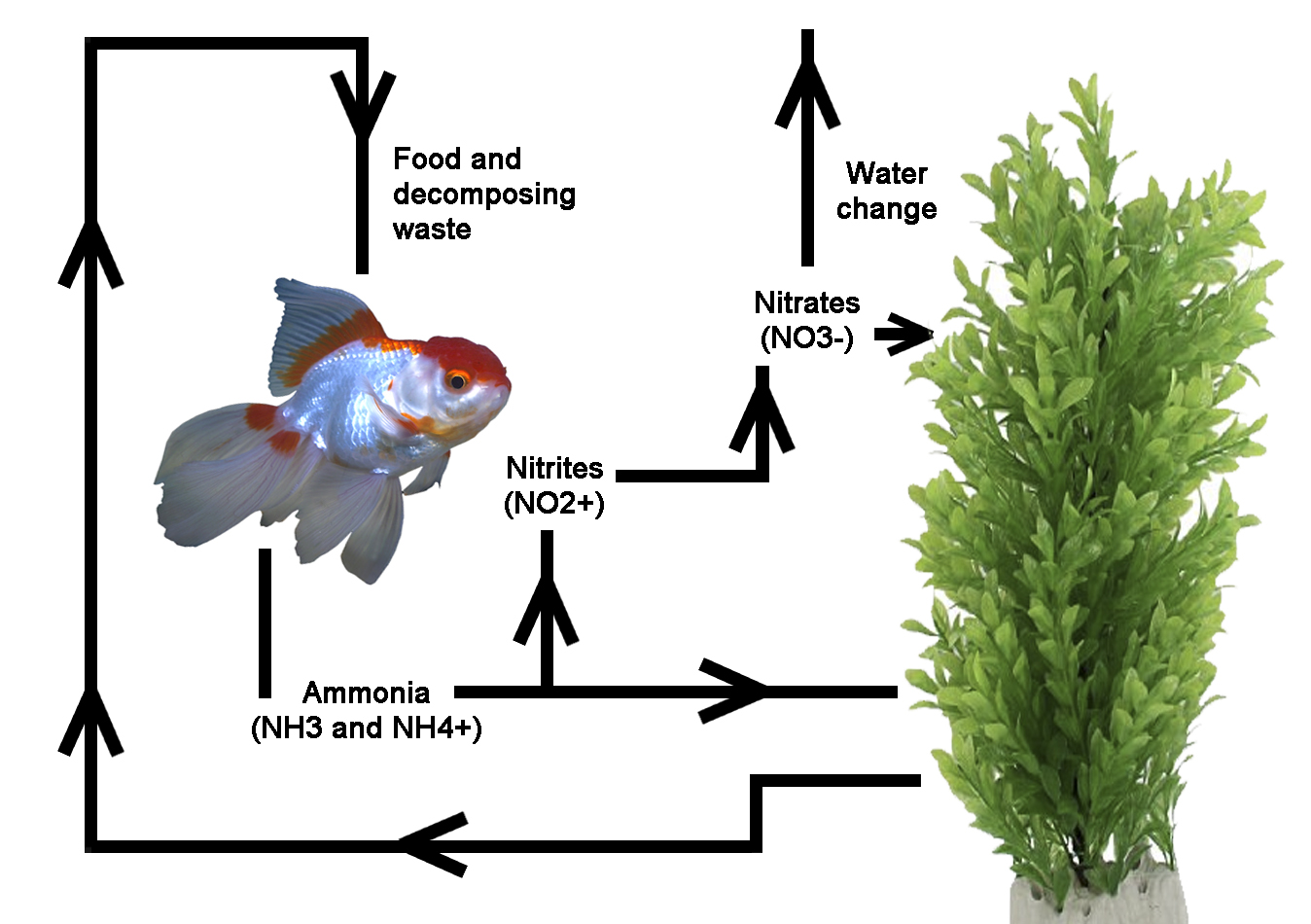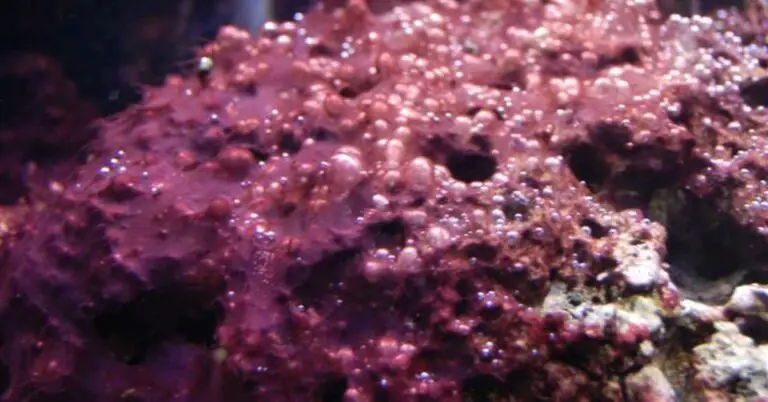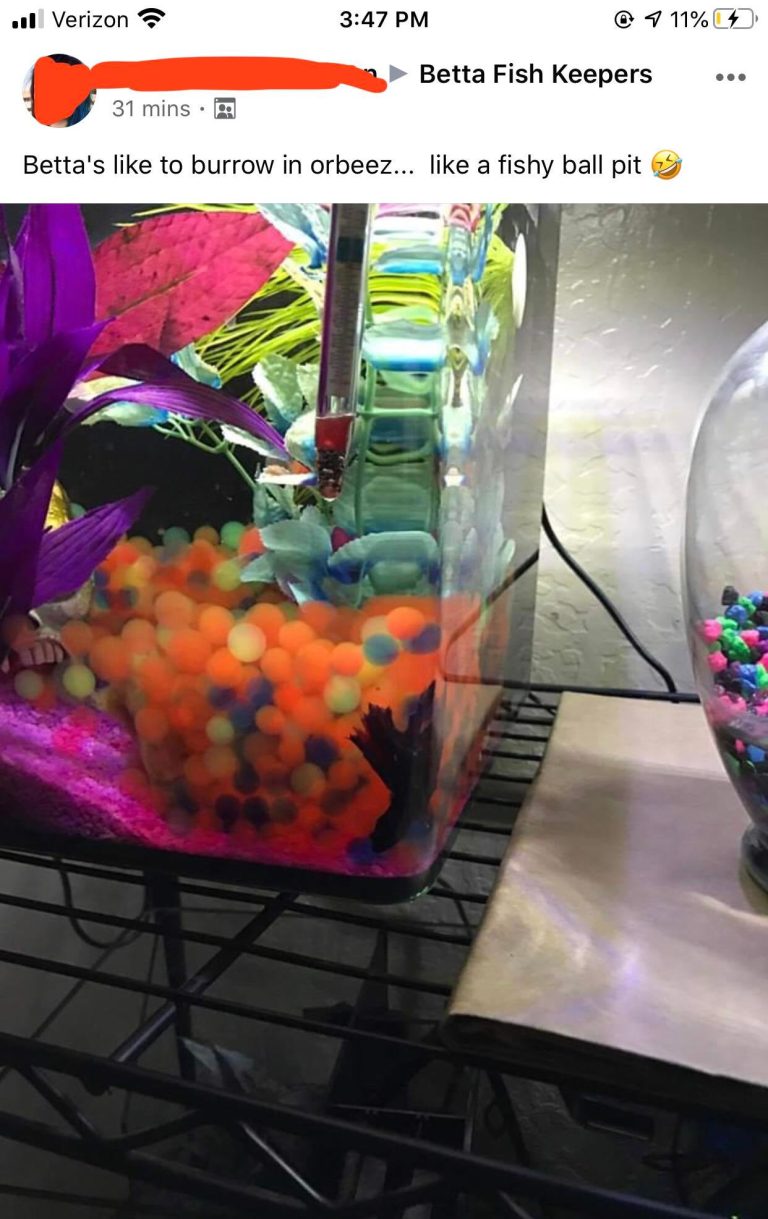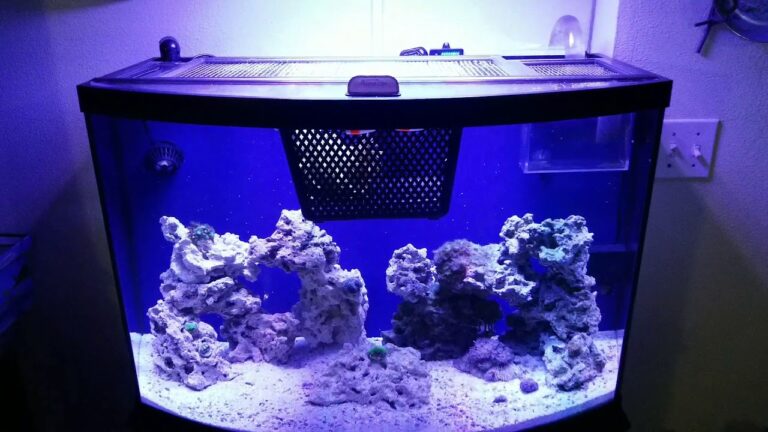New Tank Syndrome
New Tank Syndrome: Causes, Symptoms, and Prevention
The term “new tank syndrome” refers to a set of problems that can occur when setting up a new aquarium. It usually happens during the initial stages of a new tank’s establishment, and can be a frustrating and potentially harmful situation for fish and other aquatic life. In this article, we will explore the causes, symptoms, and prevention methods for new tank syndrome, as well as providing some useful tips to avoid this common issue in the future.
Setting up a new aquarium can be an exciting and rewarding experience. However, it’s important to understand that establishing a healthy environment for your fish takes time and effort. New tank syndrome occurs when a newly set up aquarium goes through a cycle known as the nitrogen cycle, where ammonia, nitrite, and nitrate levels fluctuate. Let’s delve deeper into the causes, symptoms, and prevention methods for new tank syndrome.
Causes of New Tank Syndrome
There are several factors that can contribute to the development of new tank syndrome. It’s crucial to be aware of these causes in order to prevent the occurrence of this condition.
1. Insufficient beneficial bacteria: Beneficial bacteria play a crucial role in the nitrogen cycle of an aquarium. These bacteria break down harmful compounds such as ammonia and convert them into less toxic substances. During the initial setup of a new tank, there may not be enough beneficial bacteria to adequately handle the waste produced by fish and other tank inhabitants.
2. Overstocking: Adding too many fish or aquatic organisms to a new tank can overwhelm the biological filtration system. If there are more fish than the tank can handle, the waste produced can easily exceed the capabilities of the beneficial bacteria present.
3. Overfeeding: Excessive feeding can lead to an excess of uneaten food, which can break down and cause an increase in ammonia levels. Uneaten food can also promote the growth of harmful bacteria, further exacerbating the problems associated with new tank syndrome.
4. Poor water quality: If the water used to fill the tank is untreated or of poor quality, it can contain harmful chemicals or substances that can disrupt the balance of the tank. Chlorine, for example, can kill beneficial bacteria and harm fish.

Symptoms of New Tank Syndrome
Recognizing the signs of new tank syndrome is crucial in order to address the issue promptly and prevent further harm to the fish and other tank inhabitants. Here are some common symptoms to watch out for:
1. Cloudy water: The water in the tank may appear cloudy or hazy due to an increase in bacterial growth or poor water quality.
2. Ammonia and nitrite spikes: High levels of ammonia and nitrite can be toxic to fish and can result in stress, lethargy, loss of appetite, and even death.
3. Algae blooms: An excess of nutrients in the water can fuel the growth of algae, leading to green, brown, or red discoloration of the tank and its decorations.
4. Gasping for air: Fish may appear to be gasping at the water’s surface, indicating a lack of oxygen in the tank due to the disruption of the nitrogen cycle.
5. Fish stress or illness: Fish may exhibit signs of stress or illness, such as fins clamped against the body, loss of color, or excessive hiding.
Prevention of New Tank Syndrome
Preventing new tank syndrome is easier than dealing with it after it occurs. Here are some preventive measures you can take to ensure a healthy and stable environment for your aquarium:
1. Properly cycle the tank: Before adding fish, make sure to properly cycle the tank to establish a colony of beneficial bacteria. This process typically takes several weeks and involves monitoring ammonia and nitrite levels until they reach zero.
2. Gradual stocking: In the early stages, limit the number of fish you add to the tank. Slowly introduce new fish over time, allowing the biological filtration system to adjust to the increased waste production.
3. Avoid overfeeding: Feed your fish only what they can consume in a few minutes. This reduces the amount of excess food that can break down and disrupt water quality.
4. Regular water changes: Perform routine water changes to maintain good water quality. This helps dilute any accumulating waste and replenishes essential minerals and nutrients.
5. Use a water conditioner: Always treat tap water with a water conditioner to remove chlorine and other harmful chemicals. This helps protect the beneficial bacteria in the tank and keeps your fish healthy.
Frequently Asked Questions
1. How long does new tank syndrome last?
New tank syndrome typically occurs during the first few weeks of setting up an aquarium. However, the duration can vary depending on several factors, such as the size of the tank, the presence of beneficial bacteria, and the frequency of maintenance.
2. Can new tank syndrome be fatal for fish?
Yes, new tank syndrome can be fatal for fish if left untreated. The high levels of ammonia and nitrite can cause significant stress and even death. It’s essential to identify and address the issue promptly to prevent harm to your fish.
3. Can you add fish during the cycling process?
It is not advisable to add fish to a tank that is still cycling. The high levels of ammonia and nitrites can be harmful to fish. It’s best to allow the tank to fully cycle and establish a stable environment before adding any fish.
Final Thoughts
New tank syndrome is a common issue that many aquarium hobbyists face during the initial setup of their aquarium. By understanding the causes, symptoms, and preventive measures, you can ensure a healthy and thriving environment for your aquatic pets. Remember, patience and proper maintenance are key to establishing a stable and balanced aquarium ecosystem. With the right knowledge and attention, you can avoid the pitfalls of new tank syndrome and enjoy the beauty and tranquility of your underwater world.






